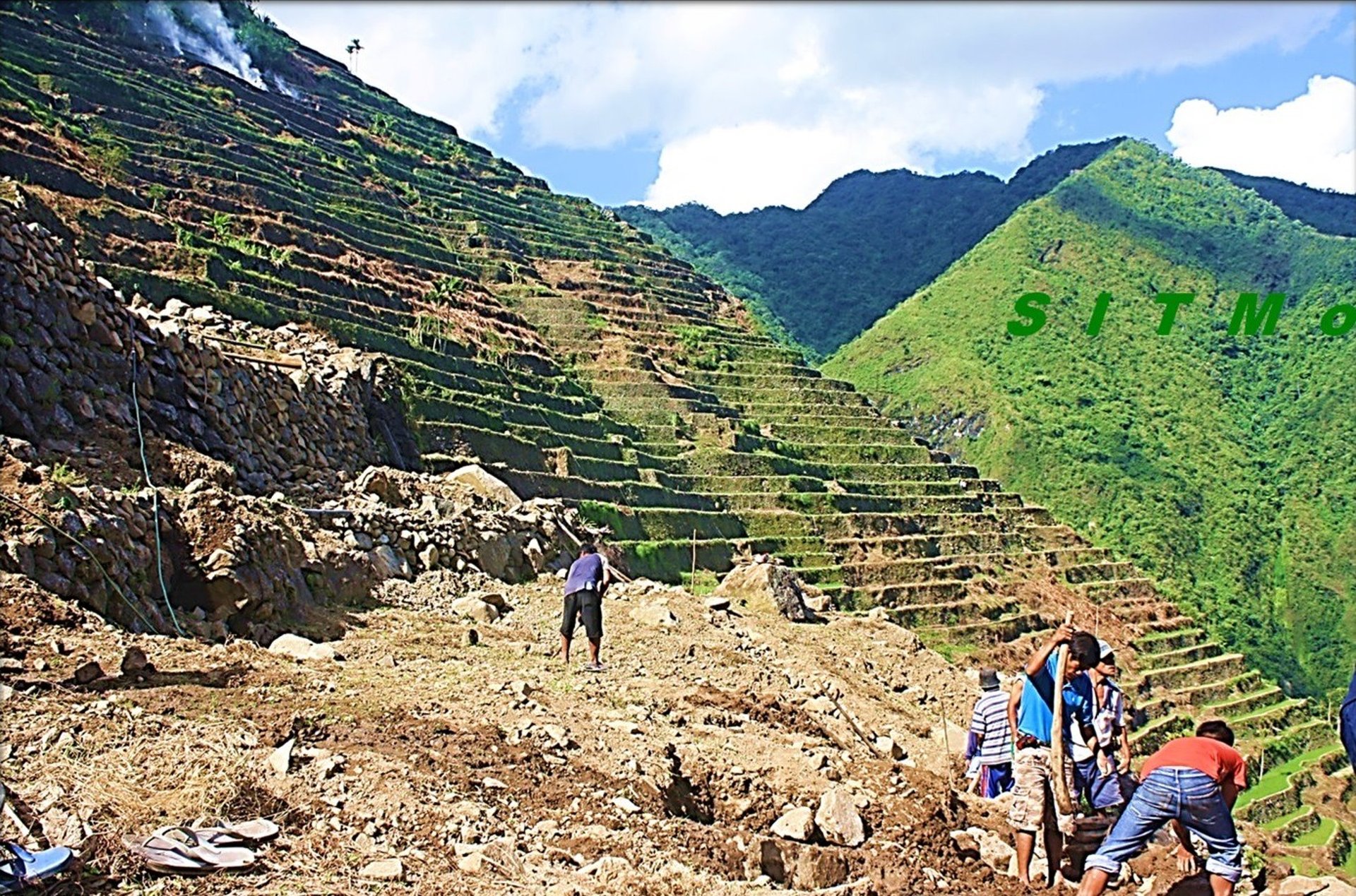First, we volunteer... then we organize activities that we develop as People's Organizations (POs).
The POs we help establish now partner with the local government, other non-government organizations, and academia in advancing our movement.
Currently, we have loom weavers, designers, social entrepreneurs, tour guides, and indigenous knowledge experts. We also have our resource persons on environmental and World Heritage concerns.
Either through partnerships or as an organization, we initiate and implement projects and activities that safeguard, and support the rehabilitation and maintenance of the rice terraces ecosystem.
Our base areas are sustainable agriculture, eco-cultural tourism, and education underlined by our expertise in indigenous knowledge systems and practices (IKSPs).
How do we move?
What do we do?
What else do we do?
We host knowledge exchanges.
Through the years, we hosted scholars who studied the Philippine Rice Terraces (PRT) from different perspectives. We hosted students and faculty who applied their skills to our sustainable energy and agriculture projects. Some were in pursuit of their academic degrees. Some were in pursuit of illuminating how our cultural landscape developed that clue us on actions to take that meet the challenges of our time. Anyone can visit our education center to see some evidence of our material culture as well as converse with indigenous leaders.
What is our perspective in safeguarding the Philippine Rice Terraces as a World Heritage Site (WHS)?
Foremost, it is the heritage of the Ifugao people. Its existence depends on the existence of indigenous knowledge, systems, and practices (IKSPs) that built it and evolved from it. We refer to these IKSPs as core values. When these core values decline, so does the physical structure. Therefore we take special care of the welfare of the IKSP holders.
The Philippine Rice Terraces WHS is a living cultural landscape that continues to evolve through space and time. Spatially, we do not refer to the rice paddies as the delineated core zones because the World Heritage Site itself is the land use system within a watershed. The core zones include the headwaters, the settlements of the people that maintain that system, the woodlots, and swidden farms. The lines between these different land use change over time. Sometimes the rice terraces expand and convert woodlots and swidden into paddies. Sometimes, they are left uncultivated for forest growth and expansion. Landforms that define the core zone boundaries are either entire catchment basins or half-basins. The WHS core values reside in the people who are not necessarily within these core zones. Thus we emphasize safeguarding the values of the people when we assess the impact of natural and man-made hazards on the WHS. This is why our safeguarding model is based on indigenous knowledge promotion.
What is our development vision for Ifugao?
“Ifugao is economically developed and sustained as a World Heritage Site and a world-class ecotourism destination with people who are healthy and well-nourished, self-sufficient, educated, globally competitive and God-loving, living in harmony with nature and proud of their cultural identity.”

BE A MOVER.
Join Save the Ifugao Terraces Movement now!
You can participate in our activities, volunteer, donate, or support our social enterprise to advance our advocacy.
